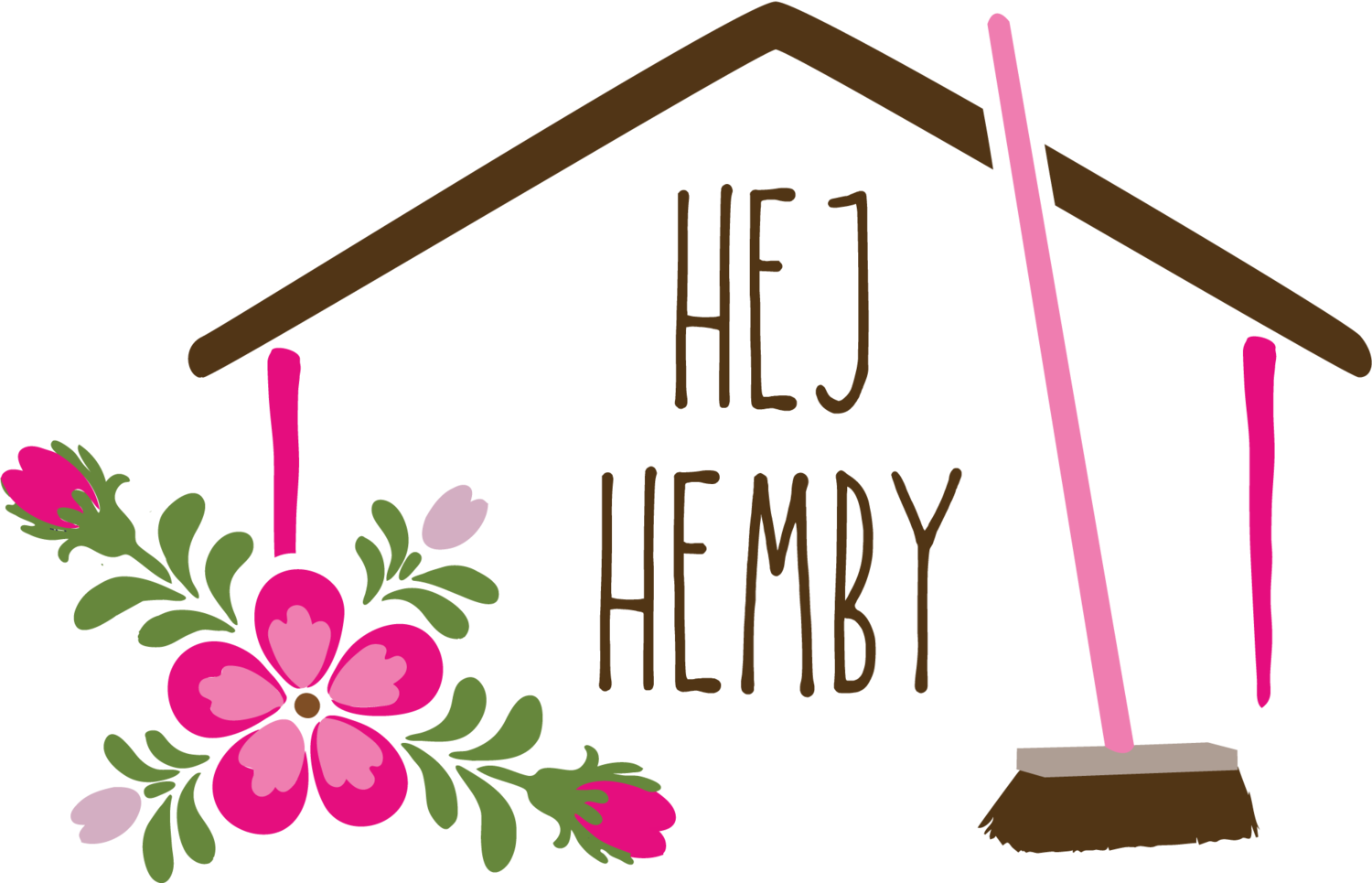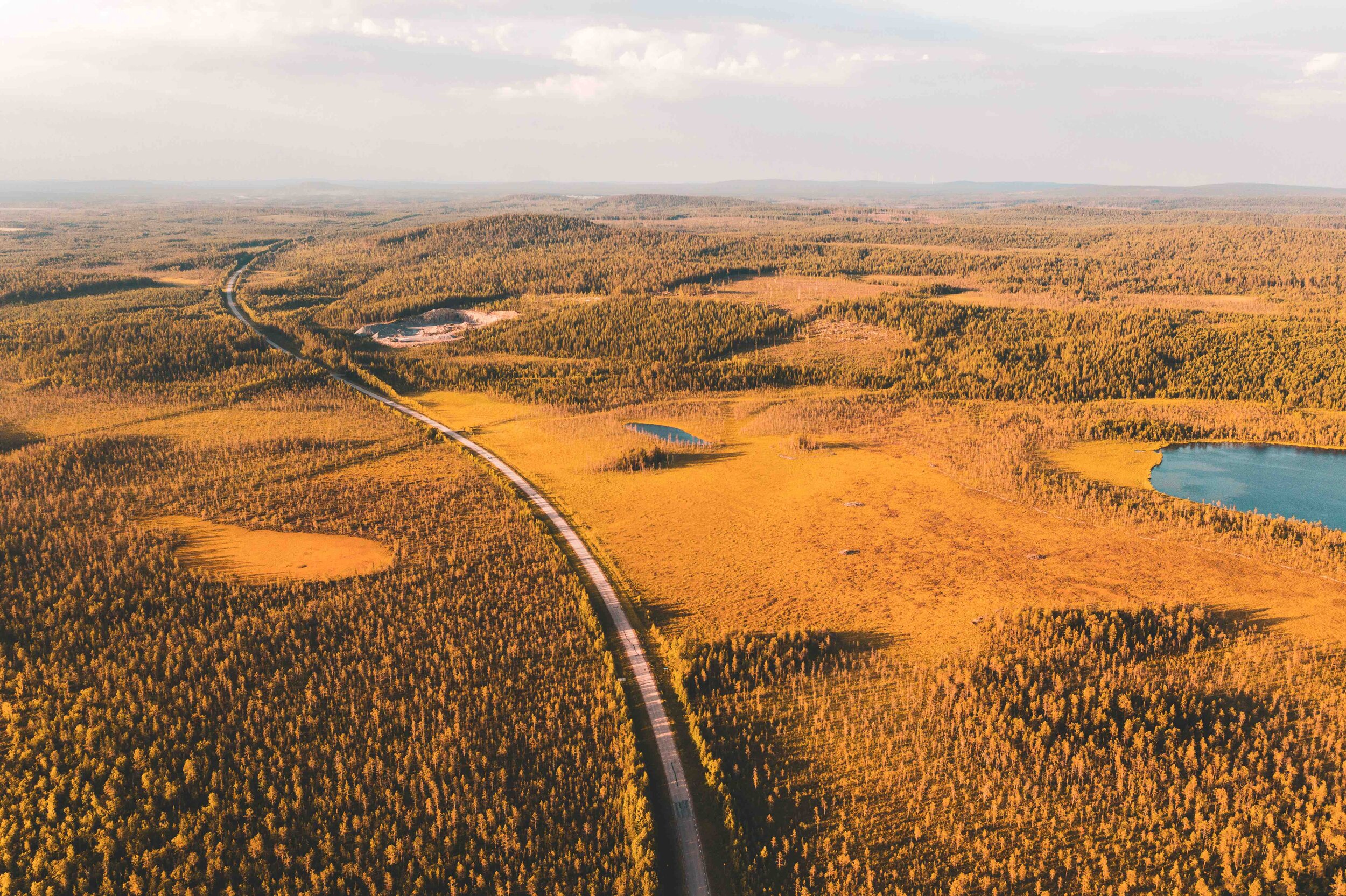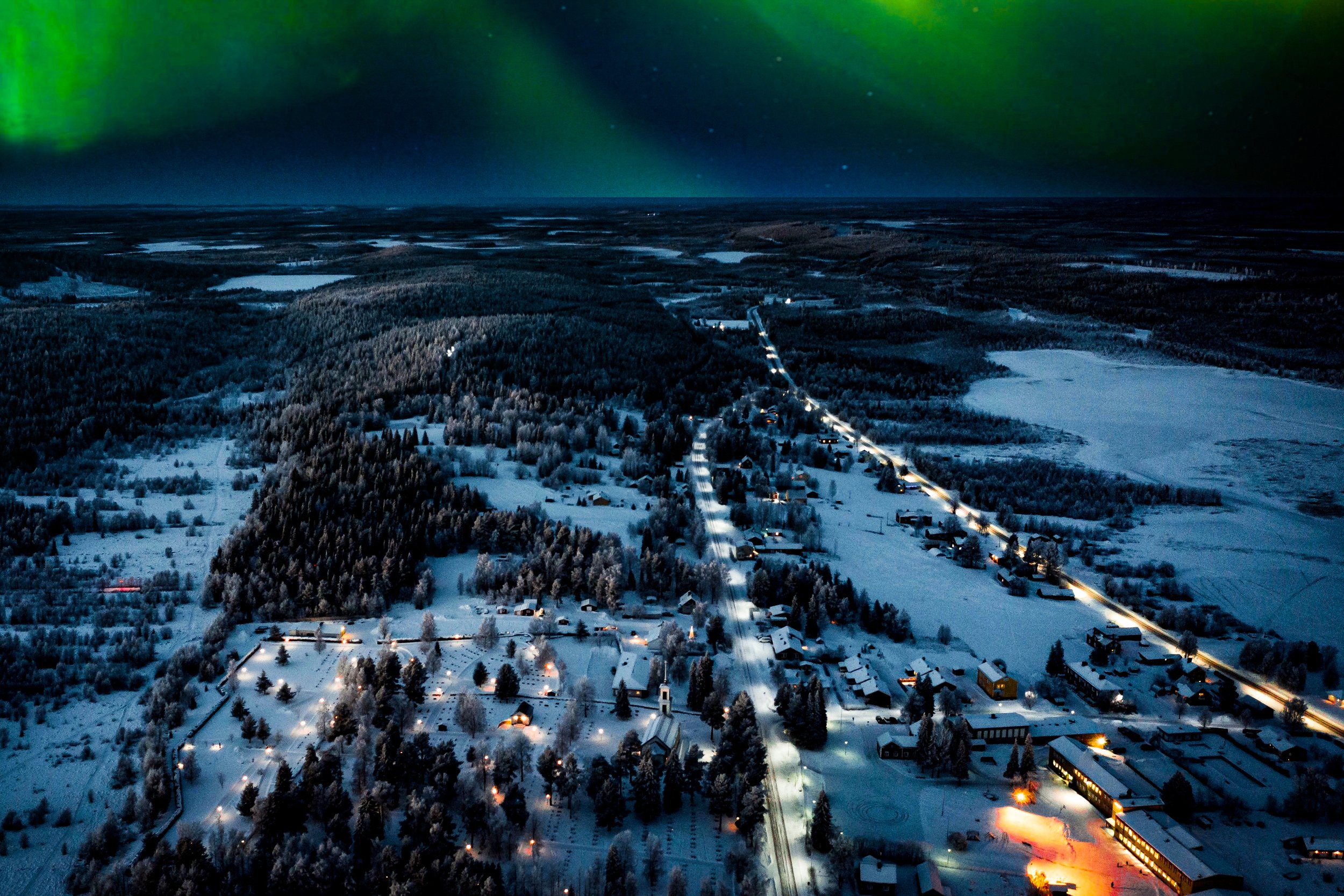
13 months and defined seasons
Torne Valley is situated right on the Arctic Circle in northern Sweden, making the seasons defined. Within the usual four seasons, there are many sub-seasons and local variations in climate that you can experience when living here.
The summers are green and bright with long days and a golden midnight sun that shines 24/7 between early June and the middle of July. Thanks to the month-long light when the sun doesn’t set, Torne Valley is said to have 13 months. The summers are usually warm, with July as the best month for high temperatures and sunshine. However, some summers can be rainy with cooler temperatures. Nature is vibrant and green, and Torne River flows free.
Summer is celebrated around the summer solstice with the traditional midsummer celebration in late June. July is usually the festival month when you can visit local markets and events, and most Swedes are off work for their summer holiday.
The colourful autumn usually starts in late August when the nights are getting dark again, and the weather is crisp. You can experience frosty mornings as early as September, with mild and sunny days. September also marks the start of the northern lights season.
The first snow arrives between October and November, but it is usually not until the end of November that it stays on the ground. The amount of snow varies each year, but you can be sure to experience at least yard-thick snow every winter. In December, the sun struggles to get above the horizon, and the days are very short with daylight(-ish) for only a couple of hours. This is called the polar night. January and February are the coldest months when temperatures might drop as low as -35°C.
March and April are considered spring-winter and offer snow and sun. This is the winter-loving locals’ favorite time of year when they can enjoy winter activities in the sun. The weather is usually mild, and sunscreen is recommended due to the reflective snow.
May is a spring month when nature starts to transform. The days are long and bright, and the sun dips just slightly below the horizon. This is also the spring-flood season when the ice in the Torne River has melted, and the snow in the mountains is thawing, which floods areas around the river. If you are lucky you can witness the ice breaking in the river!






